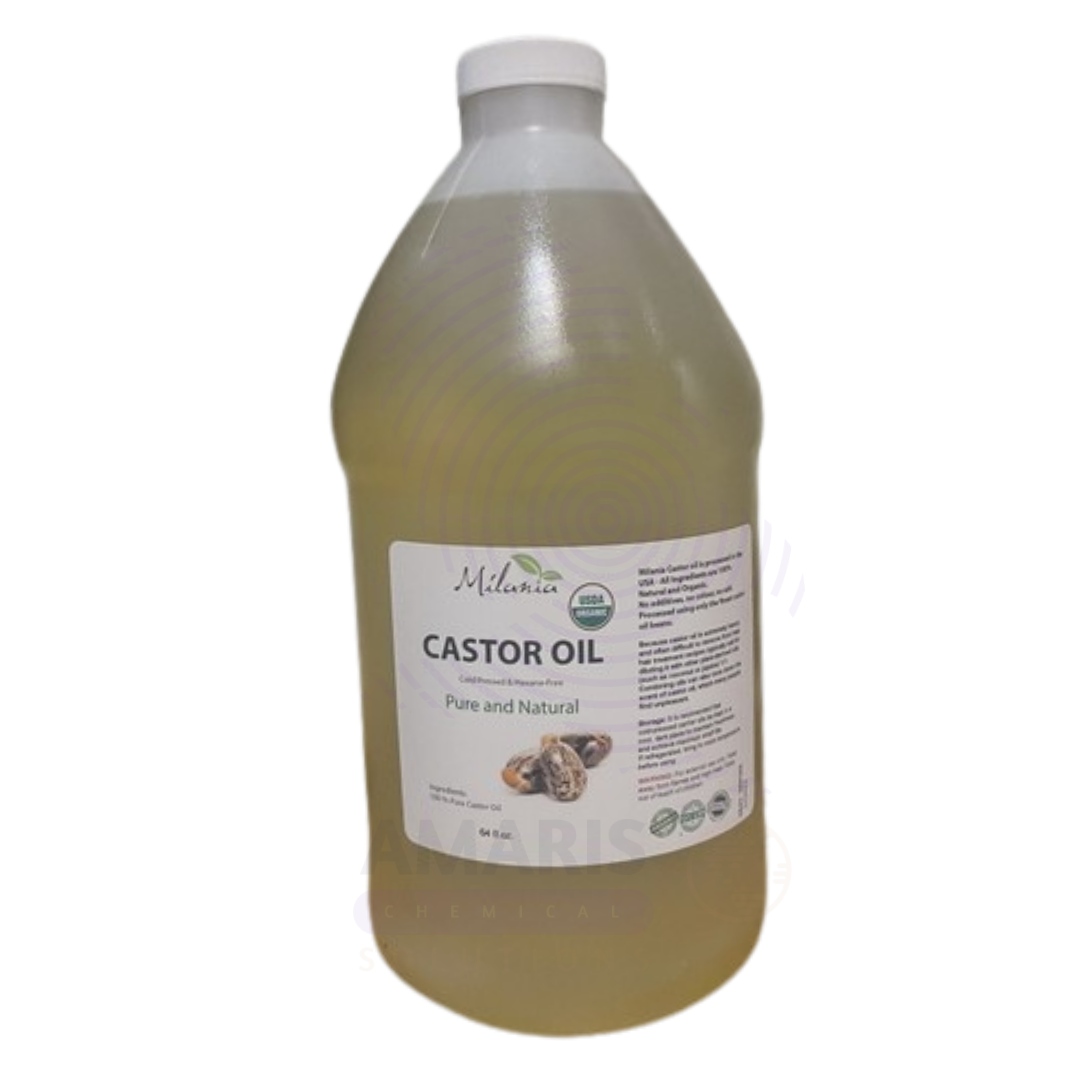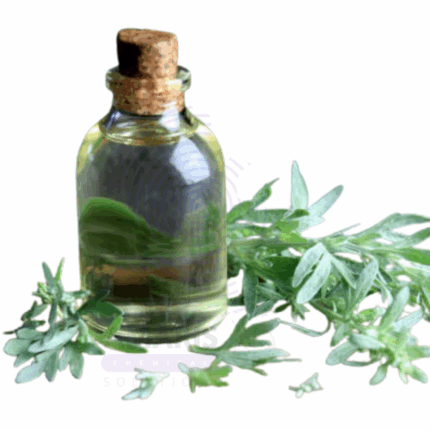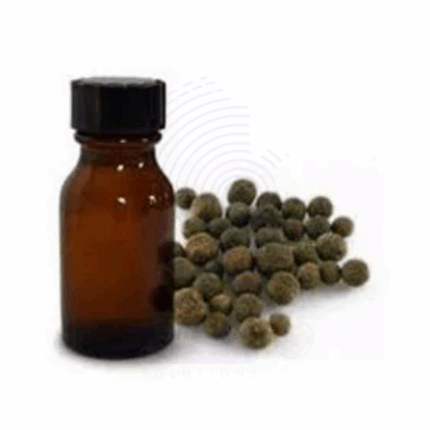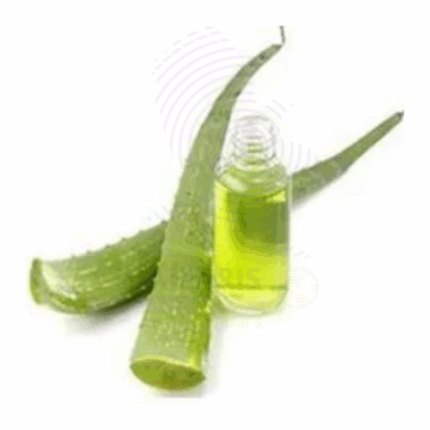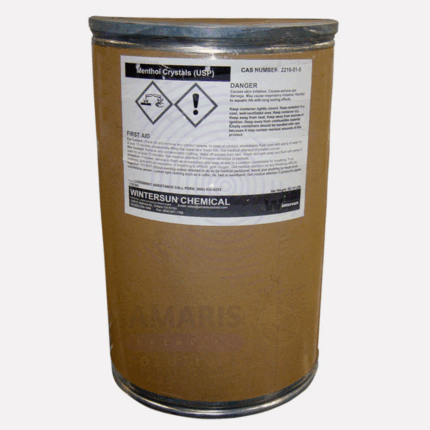Castor Oil Food Grade
$ 5.00 Original price was: $ 5.00.$ 4.66Current price is: $ 4.66.
Castor Oil Food Grade is a pale yellow, viscous vegetable oil derived by cold pressing the seeds of the Ricinus communis plant. Known for its high content of ricinoleic acid, it has a mild flavor and is widely used in the food, pharmaceutical, and nutraceutical industries. As a food-grade oil, it is purified to meet strict quality and safety standards. It serves both as a laxative agent and a food additive, often used in flavor carriers, coatings, and processing aids. The oil’s high stability and low moisture content also make it suitable for specialty industrial applications in food-safe environments.
Castor Oil Food Grade
Primary Uses
Food & Beverage Industry
- Used as a food-grade carrier oil for flavors and colorants
- Acts as a mold inhibitor in food packaging and coatings
- Used in the manufacture of food-grade lubricants for processing equipment
- Serves as a release agent in baking and confectionery applications
- Utilized in certain flavor formulations, especially in chewing gums and candies
- Functions as a processing aid in food-grade formulations and supplements
Pharmaceuticals
- Employed as an oral stimulant laxative due to its ricinoleic acid content
- Used as a base or excipient in soft gel capsules and emulsions
- Found in topical medications and skin ointments for moisturizing and barrier protection
Nutraceuticals
- Added to dietary supplements for its digestive and anti-inflammatory properties
- Used as a carrier in oil-based vitamin and herbal blends
Secondary Uses
Cosmetic and Personal Care
- While primarily food grade, it is also used in personal care where food-grade certification is required (e.g., lip balms)
Industrial Applications (Food-Contact Safe)
- Used in food-processing lubricants and greases that may have incidental food contact
Included in the formulation of biodegradable packaging materials
Basic Identification Attributes
- Botanical Source: Ricinus communis
- Common/Trade Name: Castor Oil (Food Grade)
- INCI Name: Ricinus Communis (Castor) Seed Oil
- CAS Number: 8001-79-4
- HS Code: 1515.30
- Synonyms: Castor Bean Oil, Ricinus Oil
Physical & Chemical Properties
- Physical State: Viscous liquid
- Color & Odor: Pale yellow with mild characteristic odor
- Solubility: Insoluble in water; soluble in alcohol and organic solvents
- Main Components: Ricinoleic acid (~85–90%), oleic acid, linoleic acid
- Viscosity: High
- Specific Gravity: ~0.960 – 0.970
- Acid Value: ≤ 2 mg KOH/g (for food grade)
- Refractive Index: 1.477–1.481
- Iodine Value: 82–88
- Peroxide Value: ≤ 10 meq/kg
- Shelf Life: 24 months under proper storage
Safety & Hazard Attributes
- GHS Classification: Not hazardous under normal use conditions
- Toxicity: Non-toxic; approved for internal use under food-grade conditions
- Allergen Information: Not classified as a major allergen
- Exposure Limits: Not applicable for normal use
Storage & Handling Attributes
- Storage Conditions: Store in clean, dry, and cool conditions away from sunlight
- Container Type: Food-grade HDPE drums, IBCs, or stainless steel containers
- Shelf Life: Up to 2 years if stored in sealed, uncontaminated conditions
- Handling Precautions: Use sanitary and food-safe handling procedures
Regulatory & Compliance Attributes
- Complies with FDA regulations for food additives and pharmaceutical use
- Generally Recognized As Safe (GRAS) by the FDA
- Conforms to specifications in major pharmacopeias (USP, BP)
- Food-grade certified under relevant food safety and GMP standards
Environmental & Health Impact
- Biodegradability: Readily biodegradable
- Ecotoxicity: Low ecological impact under normal use
Bioaccumulation: Not expected
Safety Handling Precautions
- PPE Required: Gloves recommended for large-volume handling
- Handling Guidelines: Ensure containers are closed and clean to prevent contamination
First Aid Measures
- Inhalation: Not typically hazardous; move to fresh air if irritation occurs
- Skin Contact: Wash with water if irritation develops
- Eye Contact: Rinse thoroughly with water; seek medical attention if discomfort persists
- Ingestion: Safe in regulated quantities; consult physician in case of overdose
Firefighting Measures
- Fire Hazards: Combustible at high temperatures
- Extinguishing Media: Dry chemical, CO₂, foam
- Special Precautions: Use full protective gear if involved in large fire
Hazardous Combustion Products: Carbon monoxide and other hydrocarbons


 Acidulants
Acidulants Antioxidants
Antioxidants Nutraceutical Ingredients (food)
Nutraceutical Ingredients (food)
 Collectors
Collectors Dust Suppressants
Dust Suppressants Explosives and Blasting Agents
Explosives and Blasting Agents Flocculants and Coagulants
Flocculants and Coagulants Frothers
Frothers Leaching Agents
Leaching Agents pH Modifiers
pH Modifiers Precious Metal Extraction Agents
Precious Metal Extraction Agents
 Antioxidants(plastic)
Antioxidants(plastic) Colorants (Pigments, Dyes)
Colorants (Pigments, Dyes) Fillers and Reinforcements
Fillers and Reinforcements Flame Retardants
Flame Retardants Monomers
Monomers Plasticizers
Plasticizers Polymerization Initiators
Polymerization Initiators Stabilizers (UV, Heat)
Stabilizers (UV, Heat)
 Antifoaming Agents
Antifoaming Agents Chelating Agents
Chelating Agents Coagulants and Flocculants
Coagulants and Flocculants Corrosion Inhibitors
Corrosion Inhibitors Disinfectants and Biocides
Disinfectants and Biocides Oxidizing Agents
Oxidizing Agents pH Adjusters
pH Adjusters Scale Inhibitors( water)
Scale Inhibitors( water)
 Antioxidants(cosmetic)
Antioxidants(cosmetic) Emollients
Emollients Fragrances and Essential Oils
Fragrances and Essential Oils Humectants
Humectants Preservatives
Preservatives Surfactants(cosmetic)
Surfactants(cosmetic) Thickeners
Thickeners UV Filters
UV Filters
 Fertilizers
Fertilizers Soil Conditioners
Soil Conditioners Plant Growth Regulators
Plant Growth Regulators Animal Feed Additives
Animal Feed Additives Biostimulants
Biostimulants Pesticides (Herbicides, Insecticides, Fungicides)
Pesticides (Herbicides, Insecticides, Fungicides)
 Active Pharmaceutical Ingredients (APIs)
Active Pharmaceutical Ingredients (APIs) Excipients
Excipients Solvents(pharmaceutical)
Solvents(pharmaceutical) Antibiotics
Antibiotics Antiseptics and Disinfectants
Antiseptics and Disinfectants Vaccine Adjuvants
Vaccine Adjuvants Nutraceutical Ingredients (pharmaceutical)
Nutraceutical Ingredients (pharmaceutical) Analgesics & Antipyretics
Analgesics & Antipyretics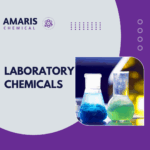
 Analytical Reagents
Analytical Reagents Chromatography Chemicals
Chromatography Chemicals Spectroscopy Reagents
Spectroscopy Reagents Molecular Biology Reagents
Molecular Biology Reagents Biochemical Reagents
Biochemical Reagents Inorganic and Organic Standards
Inorganic and Organic Standards Laboratory Safety Chemicals
Laboratory Safety Chemicals Specialty Laboratory Chemicals(Special Laboratory Equipment)
Specialty Laboratory Chemicals(Special Laboratory Equipment)
 Demulsifiers
Demulsifiers Hydraulic Fracturing Fluids
Hydraulic Fracturing Fluids Scale Inhibitors(oil)
Scale Inhibitors(oil) Surfactants(oil)
Surfactants(oil) Drilling Fluids
Drilling Fluids
 Dyes and Pigments
Dyes and Pigments Bleaching Agents
Bleaching Agents Softening Agents
Softening Agents Finishing Agents
Finishing Agents Antistatic Agents
Antistatic Agents
 Admixtures
Admixtures Waterproofing Agents
Waterproofing Agents Sealants and Adhesives
Sealants and Adhesives Curing Compounds
Curing Compounds Concrete Repair Chemicals
Concrete Repair Chemicals Anti-Corrosion Coatings
Anti-Corrosion Coatings
 Surfactants(cleaning)
Surfactants(cleaning) Builders
Builders Enzymes
Enzymes Solvents (Cleaning)
Solvents (Cleaning) Fragrances
Fragrances
 Electronic Chemicals
Electronic Chemicals Catalysts
Catalysts Lubricants
Lubricants Photographic Chemicals
Photographic Chemicals Refrigerants
Refrigerants Automotive chemicals
Automotive chemicals Pyrotechnic Chemicals
Pyrotechnic Chemicals
 Biodegradable Surfactants
Biodegradable Surfactants Bio-based Solvents
Bio-based Solvents Renewable Polymers
Renewable Polymers Carbon Capture Chemicals
Carbon Capture Chemicals Wastewater Treatment Chemicals
Wastewater Treatment Chemicals
 Pigments
Pigments Solvents(paint)
Solvents(paint) Specialty Coatings
Specialty Coatings Binders/Resins
Binders/Resins Additives
Additives Driers
Driers Anti-Corrosion Agents
Anti-Corrosion Agents Functional Coatings
Functional Coatings Application-Specific Coatings
Application-Specific Coatings
 Fresh Herbs
Fresh Herbs Ground Spices
Ground Spices Whole Spices
Whole Spices Spice Blends
Spice Blends Dried Herbs
Dried Herbs
 Leavening Agents
Leavening Agents Dough Conditioners
Dough Conditioners Flour Treatments
Flour Treatments Fat Replacers
Fat Replacers Decoratives
Decoratives Preservatives(baking)
Preservatives(baking)
 Plasticizers & Softeners
Plasticizers & Softeners Reinforcing Agents
Reinforcing Agents Adhesion Promoters
Adhesion Promoters Vulcanizing Agents
Vulcanizing Agents Antidegradants
Antidegradants Blowing Agents
Blowing Agents Fillers & Extenders
Fillers & Extenders Accelerators & Retarders
Accelerators & Retarders